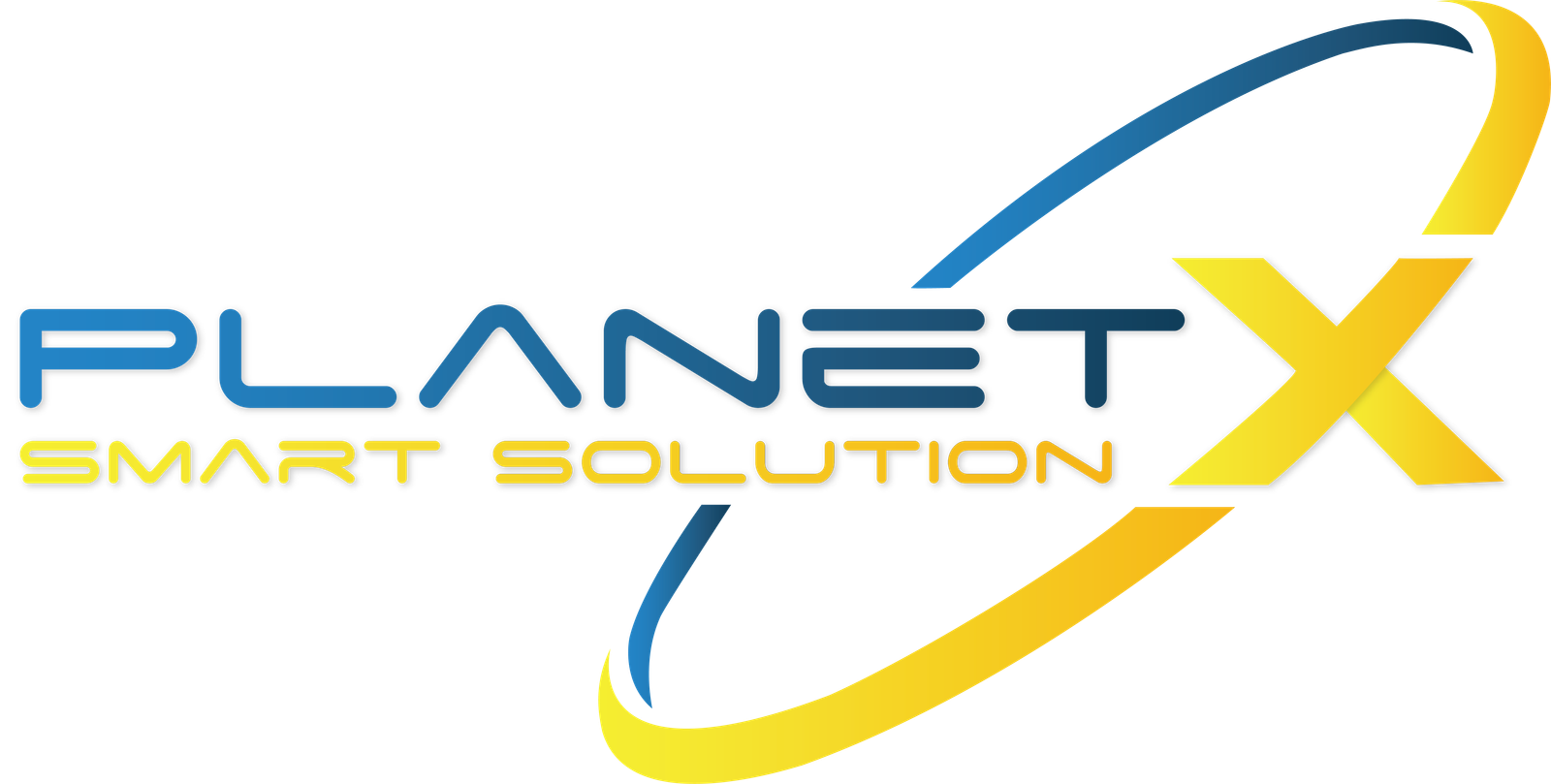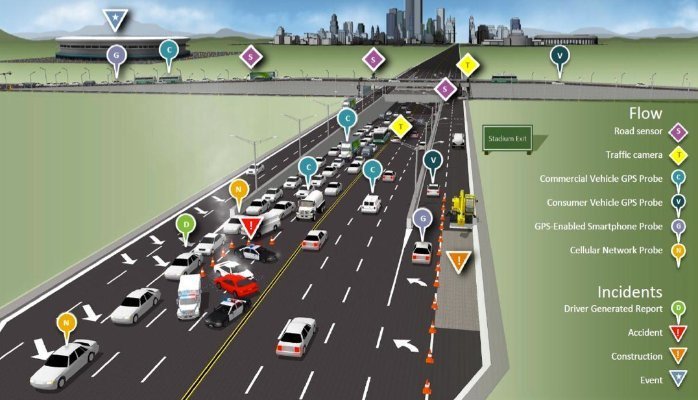USING THE INTERNET OF THINGS IN PUBLIC TRANSPORTATION
Integrating the Internet of Things (IoT) in public transport essentially helps city authorities plan management of the city inhabitant’s transportation needs. It tracks how they are likely to behave in terms of when they use it, what types are most necessary, and what areas are likely to have issues.
In large cities, smart transportation is particularly important, as it helps take into account how road usage might change as a city’s population grows. It will also affect how to manage needs, whether it’s tram, metro, taxi, bus, road, cycle paths, footpaths or water-based transport.
Benefits
With the inclusion of smart devices and increased connectivity in the system, transport authorities will be able to work around any circumstances such as bad weather, road closures, accidents and the like.
There are several benefits of integrating IoT in a city’s public transport system, including:
- Greater efficiency through real-time route and schedule management and fare payment;
- Optimized fuel consumption and a commensurate reduction in the carbon footprint;
- Improved services, including WiFi and wireless internet access;
- Improved user experiences as more relevant data on how the system is used is collected;
- Digital advertising means more revenues.
Different forms of IoT
In an effort to make public transport greener, some cities are now initiating smart transportation services that optimize how roads are used. This means lower infrastructure costs, less traffic congestion, and more eco-friendly roads/driving.
Internet access wherever travelers are is also an IoT benefit, whether it’s on the train, metro/tram, underground, or on buses. Previously, travelers have had to deal with poor signals and no internet connectivity, especially when going through a tunnel or on the subway.
The IoT seeks to keep people connected via inbuilt WiFi or internet sensor technology within the cars, buses, trains and planes that enhance connectivity throughout the travel experience. The inbuilt sensors installed in planes, for example, ensure that companies comply with regulations and guidelines set out by the FAA.
This addition to connectivity capabilities is particularly useful for business people looking to stay online to complete work or send out important e-mails.
Another aspect of IoT that has surfaced in the past decade is that of connected cars.
This can happen in either one of two ways:
- Embedded – Using an inbuilt antenna and chip.
- Tethered – Using installed hardware that connects a driver to their car via smartphone.
In Paris, a service set up in 2011 introduced an electric car sharing program called Autolib’ in addition to the already running bike sharing scheme. Tracking the cars via GPS, drivers can reserve the cars at half hourly rates for as little as €6. Public parking spaces can also be reserved using a dashboard installed in the car itself.
With the information coming in from these connected cars, care usage and where they travel can easily be tracked. With this in mind, a smart city can use the data to make better use of their roads through more targeted planning.
Smartphones are also providing a new avenue for GPS navigation. Rather than install expensive navigation equipment in the car, smartphone owners can simply turn to smartphone apps for directions. As smartphones tend to have navigation apps, including Google Maps, already installed, the user has to do very little to get to places. Other apps can be used to find the nearest (or cheapest) petrol stations, or play music in their car rather than using traditional radios.
How is it used?
Several cities worldwide now include smart cards in their public transport systems. In London, Transport for London (TfL) bought into effect Oyster cards which can be used on almost all forms of transport in the city.
Oyster cards can effectively collect data as soon as the card is swiped, giving TfL insights into how transport systems, such as buses, the tube and some trains are being used. TfL can also see how many people are using the systems each day, which are the most popular routes, and what precise journeys are being taken.
In a megalopolis such as Greater Cairo, catering to a population of over 20 million, the importance of maintaining a proper transport system is imperative.
Pollution and traffic jams are largescale problems for inhabitants and businesses – 2014 World Bank statistics reported that Cairo’s traffic congestion alone causes the Egyptian economy as much as LE47bn ($6.5bn) in losses. This statistic is set to rise by LE105bn ($14.6bn) by 2030.
How to get around this?
RFID is already making an appearance on Cairo’s public transport system, through RFID-based smart cards introduced to the Cairo Metro’s updated lines in December 2015. Provided by RFID component manufacturer and supplier SMARTRAC NV, Cairo Metro Project is starting to use rechargeable prepaid cards that mean more people can move more quickly through stations.
RFID can be installed to:
- Keep track of routes and how long they take to get to various points depending on the time of day and the amount of traffic – this will provide better data on usage used, how many people are using them and at what time, and at what time they are most likely to experience delays;
- Keep track of usage – this can affect investments into the system , as well as to oversee how many people are using the system and at what times – this will also ensure that timetables are more reliable and that people are more likely to use the system because they can depend on transport arriving;
- Safety issues – RFID tagging ensures authorities know which driver has been issued with a license and access to a vehicle, and track vehicles as they move around the city. This will ensure vehicle maintenance information is kept up-to-date, but management will be able to keep an eye on unauthorized access to vehicles, whether there are any points on driver licenses and the like;
- Reducing charges – If public transport charges are kept reasonable, it is more likely that more people will use the service – and reduce the number of cars on the roads. This means congestion is cut and pollution will go down;
- Increased public transport need to be introduced – Although some headway in connected public transport, such as shuttle buses with WiFi and updated metro networks using cards rather than paper tickets, things remain quite traditional.

